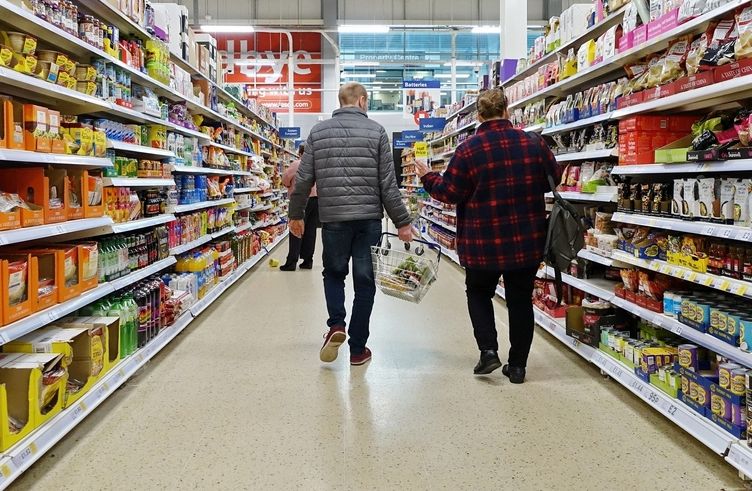May marked yet another period of increasing retail prices in Poland, continuing a trend since the beginning of the year. Last month, prices surged by an average of 2.9 percent, following a 2.4 percent increase in April and a 2.1 percent rise in March. This escalation is largely attributed to the reinstatement of VAT on food items from April 1, a change detailed in the latest Retail Price Index report by UCE RESEARCH and WSB University.
The VAT reintroduction was staggered, although not uniformly applied across all products, with price freezes by retailers lasting about a month on average, varying slightly in some cases. In the upcoming months, further increases in consumer spending and inflationary pressures are expected, simultaneously elevating operating costs for retailers and leading to higher store prices.
“Inflation rates could potentially spike to around 7 percent,” estimates economist Marek Zuber.
Despite these increases, a price war among major retail chains continues to define the cost landscape, with many experts predicting price rises of at least 5 percent in the months following the VAT thaw. It remains difficult to predict the intensity and timing of these changes.
Moreover, the slower price growth has also been helped by significant imports of lower-quality but cheaper food from Russia, Belarus, and Ukraine, mitigating the hikes caused by the return of VAT and increased operational costs. This situation is unsustainable in the long term, as trade networks cannot continuously internalize these costs.
Experts also believe that price increases will accelerate, although they do not anticipate the record dynamics seen in previous years. The phasing out of the energy protection shield and rising labor costs also contribute to the inflation surge, a trend expected to accelerate.
“The upward trend in 2024 will be sustained, primarily influenced by factors such as high inflation expectations, and rising prices of energy, gas, oil and wages, coupled with the uncertainty from the ongoing conflicts in Ukraine and Israel, and the unpredictable scale of the economic conflict between China and the USA,” says Dr. Sławomir Jankiewicz.
While the macroeconomic situation is not dire, conditions are not conducive to price cuts. Prices of agricultural commodities remain lower than last year, but the decreases are no longer as steep. The market is prepared for gradual increases, especially following rising consumer optimism indicators.
Economic growth data from the first quarter indicates a significant acceleration in private consumption, suggesting a shift in consumer attitudes from saving and hunting for deals to purchasing regardless of price, allowing retailers to raise their prices. This strong consumer demand gives sellers a chance to improve their margins, though not in isolation from the realities of a competitive retail market.






